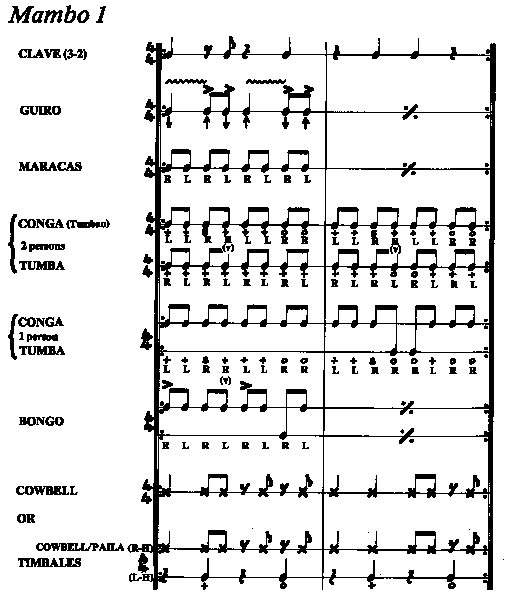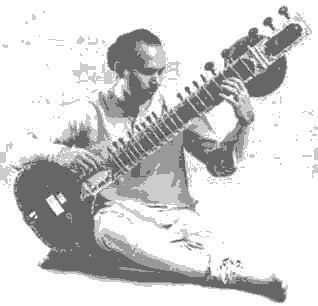|
|
April |
|
HOPEFULLY, I will update this site every month and put some interesting information about music or composers that we are studying, or something about current events in music that might relate to us, or who knows what! If you have ideas for me, let me know! |
||||||
|
||||||
|
||||||
|
||||||
|
|
||||||
|
|
|
|
|
|
|
|
|
Related Links:
Ravi Shankar on Indian Music (http://www.ravishankar.org/indian_music.html). Ravi Shankar is one of the most widely known sitar player from India. He became really well known in the Western world when Beatle, George Harrison, went to India to study sitar with Ravi Shankar. (You can hear sitar on the later Beatle albums!)
Society for the Promotion of Indian Classical Music And Culture Amongst Youth (http://www.spicmacay.org/hindustani-raga.html). This site has another explanation of the raga
RagaNet (http://www.raganet.com/RagaNet/) is an e-zine dedicated to learning about Indian music. It has midi files, lessons on a number of Indian instruments, history and many other interesting sections! Especially check out the section on instruments.
An Introduction to Indian Classical Music (http://www.lsi.usp.br/usp/rod/sounds/indian/indian.html)
Latin American Music
Much of what makes Latin American music identifiable & makes it so well loved is its rhythm. Whereas a blues is based on its harmony and its form (how the music is put together), and the Jewish / Klezmer music we looked at is based heavily on the mode, and Indian music is based on a raga, Latin music is primarily on rhythmic patterns. There are many Latin American dances and each type has its own characteristic rhythms. The mambo was featured in our recent musical production, so let's look at that dance! For other styles see the page Latin American Music Styles - check out the example of a paso doble (our piece, La Fiesta Brava, was a paso doble), the rhumba, cha-cha-cha and others.
A Mambo is a typical Cuban dance rhythm; it is similar to the Cha-Cha-Cha, but a bit faster. Pérez Prad, Tito Puente & Tito Rodriguez were all involved in the evolution of the mambo. The mambo became a very popular dance in the United States in the mid-1950 (Damn Yankees was written in 1957, so that is probably why the show includes the mambo scene!). To play a mambo properly, it is essential to use the correct rhythms and to have at least conga/tumba and a cowbell or timbale. Brass instruments are often used in contrast to the piano and bass figures.
Below are some typical rhythms used in a mambo (Sulsbruck p. 117)

If the play bar shows below, click on it to hear this example of mambo rhythms (synthesized).
Related Links:
The history of the mambo can be found at Mambo Mania (http://www.laventure.net/tourist/mambo.htm).
Latin American Music Styles has audio examples of many different styles of Latin American Music.
For examples of how to do the various dances, see the excellent site: History of Latin-Amercian Dancing
Source used for the mambo rhythms:
Sulsbruck, Birger. English translation by Ethan Weisgard. Latin-American Percussion: Rhythms and Rhythm Instruments from Cuba and Brazil. Copenhagen: Den Rytmiske Aftenskoles Forlag, 1986. pp 96-115.

Click here for an enrichment point possibility!
|
Visit the Wayland Public Schools site http://www.wayland.k12.ma.us |
|||
|
|||
|
|||
|
|||
|
|||
|
|
|||



